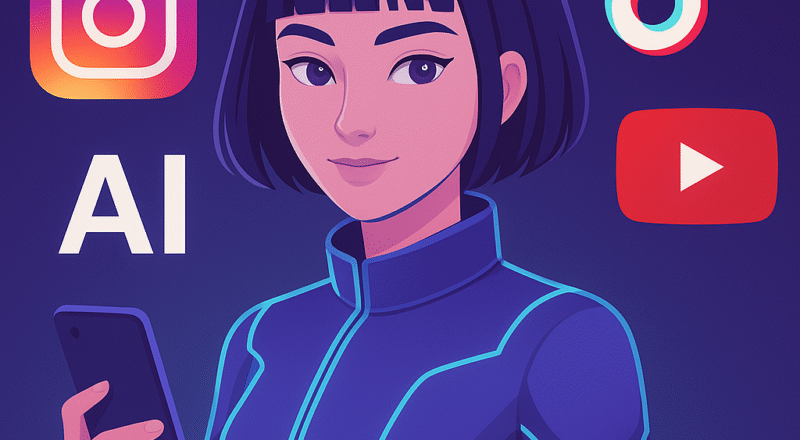🤖 Introduction
What if your favorite Instagram influencer wasn’t human at all? In 2025, AI-powered virtual influencers are taking over social media, brand endorsements, and even music charts. They’re cheaper, drama-free, and available 24/7—making them attractive to big brands. But does this mean human influencers are at risk of being replaced?
📈 The AI Influencer Boom
-
Lil Miquela, one of the first AI influencers, paved the way in 2018.
-
Today, over 150 AI-driven virtual influencers exist across Instagram, TikTok, and YouTube.
-
Major brands like Nike, Prada, and Samsung have already signed deals with AI personalities.
-
U.S. teens and Gen Z increasingly follow AI influencers because they’re “cooler” and more futuristic.
💰 Why Brands Love AI Influencers
-
No scandals: Virtual influencers can’t get caught in controversies.
-
Scalable: A single AI model can appear in multiple campaigns at once.
-
Cost-effective: Hiring a top human influencer can cost millions—AI avatars are far cheaper.
-
Targeted content: AI adapts to audience trends instantly.
😨 The Human Side of the Debate
Not everyone is excited:
-
Creators fear job losses in the influencer industry.
-
Audiences worry about authenticity—can you trust a “person” who doesn’t exist?
-
Psychologists warn about blurred lines between reality and virtual fantasy, especially for younger users.
🔑 Where AI Influencers Shine
-
Fashion & Luxury Brands: Perfect digital models for clothes.
-
Music & Entertainment: AI singers topping Spotify playlists.
-
Virtual Companionship: Some AI influencers interact as digital friends.
🔮 Future Outlook
-
By 2030, experts predict that 30% of influencer marketing will involve AI avatars.
-
The line between human and virtual influencers will blur even further with hyper-realistic AI and deepfakes.
-
Regulation may come as governments debate disclosure requirements for AI-driven personalities.
